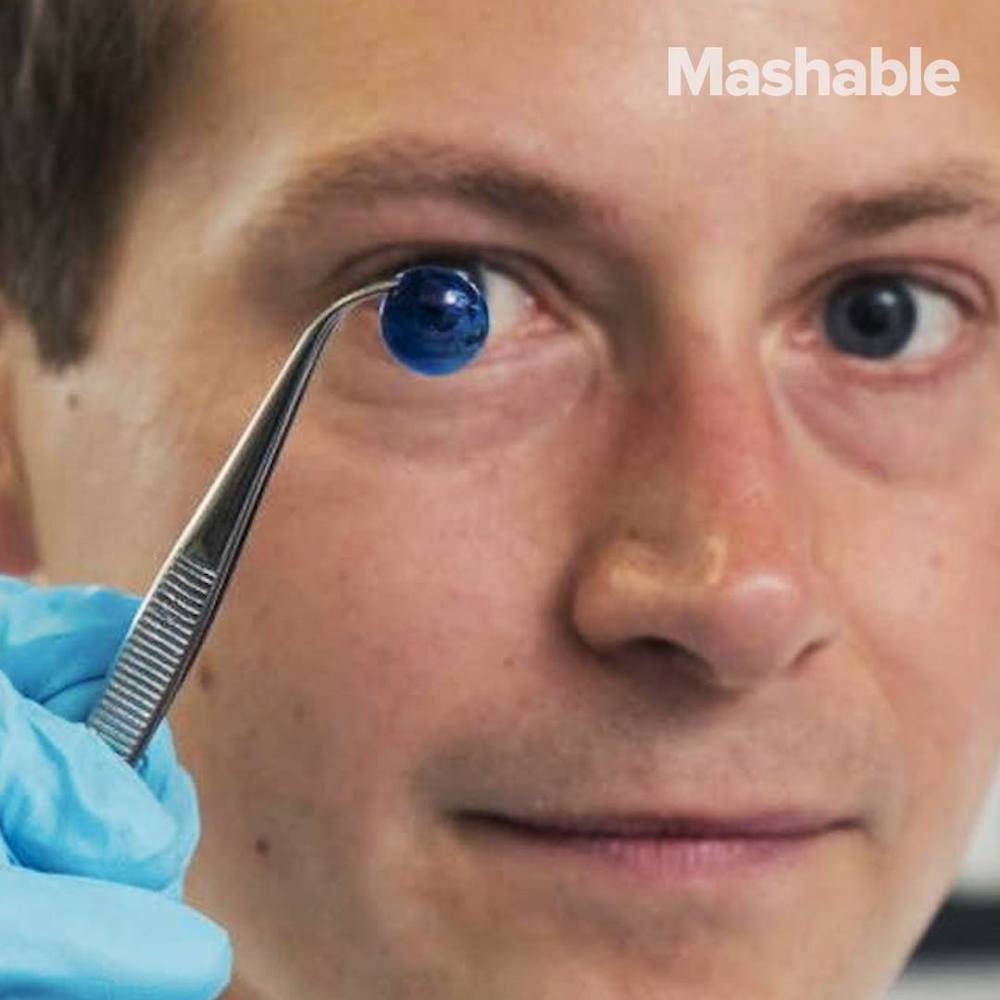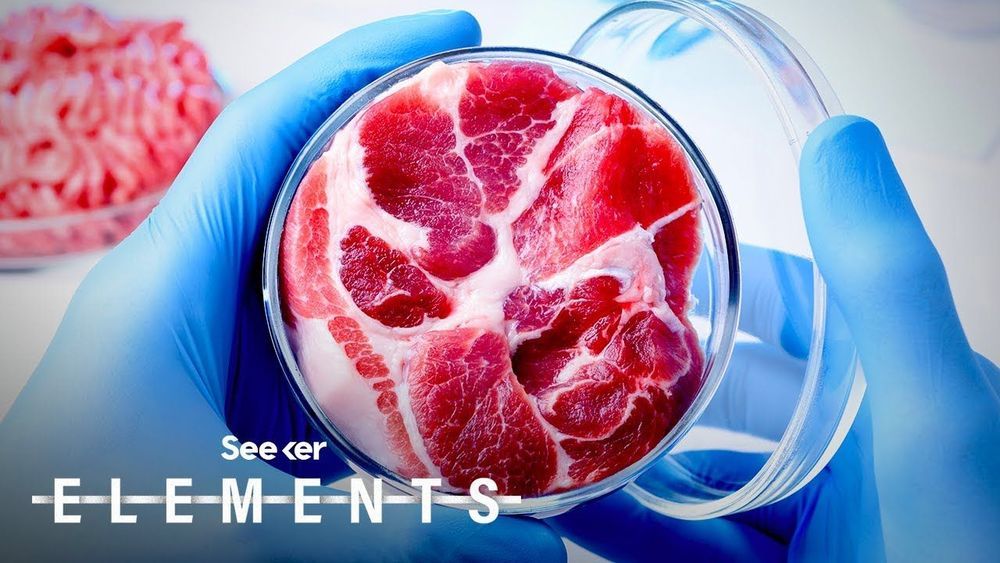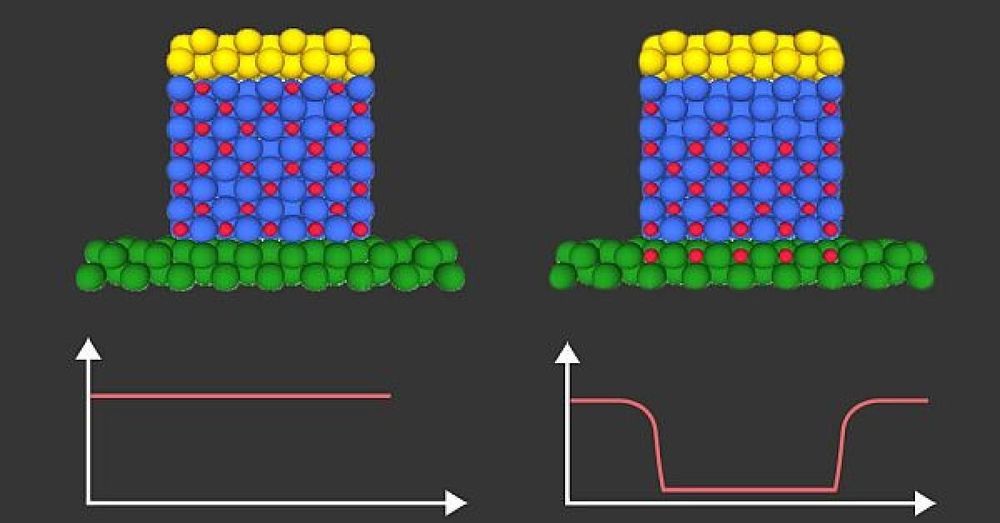Millions of people need new corneas. In a major breakthrough, researchers can now 3D print them.


Millions of people need new corneas. In a major breakthrough, researchers can now 3D print them.



Scientists have discovered yet another life-giving treatment for disease using adult stem cells, while the number of substantial medical breakthroughs from life-taking embryonic stem cell research remains essentially zero.
Neuromyelitis optica (NMO), also known as Devic’s disease, causes the immune system to react against the body’s own cells in the central nervous system, particularly the eyes and spinal cord. Those who contract the disease usually lose their eyesight and ability to walk within five years.
Stem cells are the body’s cell factories, aiding in growth and damage repair. In a study published Oct. 2 in Neurology, researchers from Northwestern University and the Mayo Clinic tested a new adult stem cell treatment on 12 people with NMO. They drew hematopoietic stem cells (also known as blood stem cells) from the patient’s bone marrow or blood. Then they used chemotherapy to shut down the patient’s malfunctioning immune system. When they transplanted the stem cells back into the patient’s body, the immune system restarted from scratch.


Scientists at Harvard have created a texture in meat grown in a lab close to the actual animal meat we’re used to. Would you eat it?
» Subscribe to Seeker!http://bit.ly/subscribeseeker
» Watch more Elements! http://bit.ly/ElementsPlaylist
Human meat consumption is bad for the planet—livestock raised for food makes up for approximately 14–18% of our greenhouse gas emissions, and the land requirements to grow their food is responsible for nearly 80% of all deforestation in the Amazon.
80%!
So scientists have been working to create a realistic imitation for animal meat in a lab, and with a recent breakthrough researchers from Harvard have come one step closer to making lab-grown meat taste and feel like the real deal.
How?
Gelatin.

Researchers are designing a stingray-shaped spacecraft to explore the dark side of Venus.
(Image: © CRASH Lab, University at Buffalo)
Could a stingray-shaped spacecraft get to the dark side of Venus by flapping its wings?
Researchers at the University of Buffalo (UB) are designing a spacecraft shaped like a stingray that could explore Venus in ways never before possible. The craft, designed as part of the Bio-inspired Ray for Extreme Environments and Zonal Explorations (BREEZE) project, is one of 12 selected by NASA for the agency’s Innovative Advanced Concepts (NIAC) program, which supports new, innovative technologies.



Join our global movement to extend the human healthspan by accelerating research, innovation, and entrepreneurism in healthy longevity.